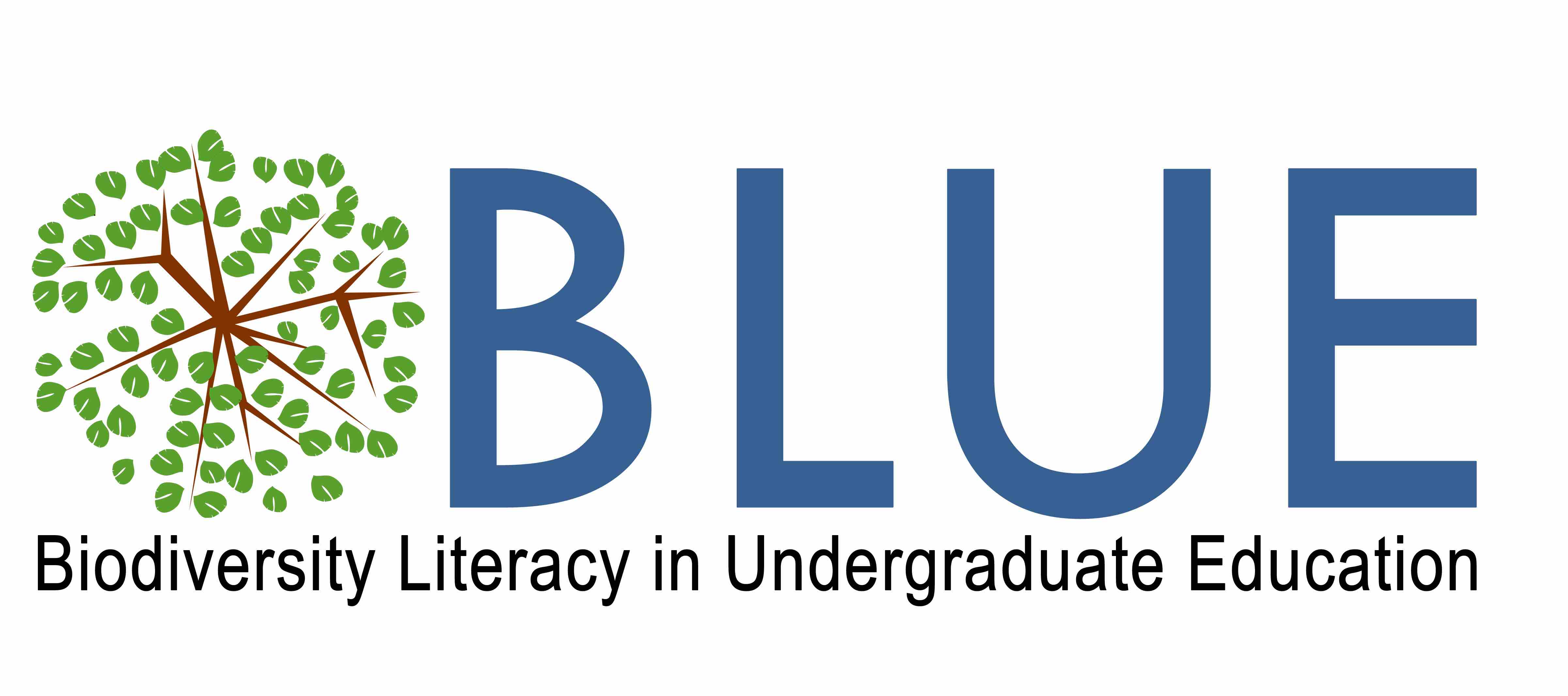Biodiversity research using digitized, internet-based natural history collections
Author(s): Kaitlin Stack Whitney
Rochester Institute of Technology
2274 total view(s), 1853 download(s)
BLUEModule_12172019.docx(DOCX | 20 KB)
GBIF User Guide-Monfils et al 2019.docx(DOCX | 2 MB)
IDigBio User Guide-Monfils et al 2019.docx(DOCX | 2 MB)
Lesson_Module_Intro.pptx(PPTX | 1 MB)
Optional_PreLesson_IntroductionToCollectionsSlides.pptx(PPTX | 21 MB)
Optional_PreLesson_OriginsOfNatHistCollections.pptx(PPTX | 212 KB)
- GBIF
- iDigBio Home | iDigBio
- thebrainscoop - YouTube
- Following the Data (v1.0)
- Data is the New Science (v1.0)
- License terms
Description
This module uses digitized bird specimen (data and metadata) to walk students through two major biodiversity databases with digitized, online collections available for research, teaching, and outreach. The pre-module / first set of materials introduces students to the origins of modern natural history collections, including collections that came from participation in the enslavement of Africans and how early US collections included nonwhite people forcibly taken from their homes. This module benefits from a heads up to students about the heavy, sensitive nature of the content.
The option pre-lessons include links to captioned videos from The Field Museum's Brain Scoop channel.
Learning Objectives:
- Understand the value of museum specimens for biodiversity research and knowledge
- Understand the colonial origins of some natural history collections and ongoing ethical questions
- Analyze digitized museum specimens to answer a provided question
- Apply the understanding to create a new question that could be answered using museum specimens
Notes
This version was taught to a nonmajors 'Environment and Society' environmental studies course over a week and two class periods in fall 2019; students were any major and included mostly science and engineering students from 2nd through 4th years. It will be taught again in spring 2020 and will be updated based on fall 2019 feedback.
Cite this work
Researchers should cite this work as follows:
- Whitney, K. S. (2019). Biodiversity research using digitized, internet-based natural history collections. Fall 2019 BLUE FMN, QUBES Educational Resources. doi:10.25334/RSKN-MQ83
